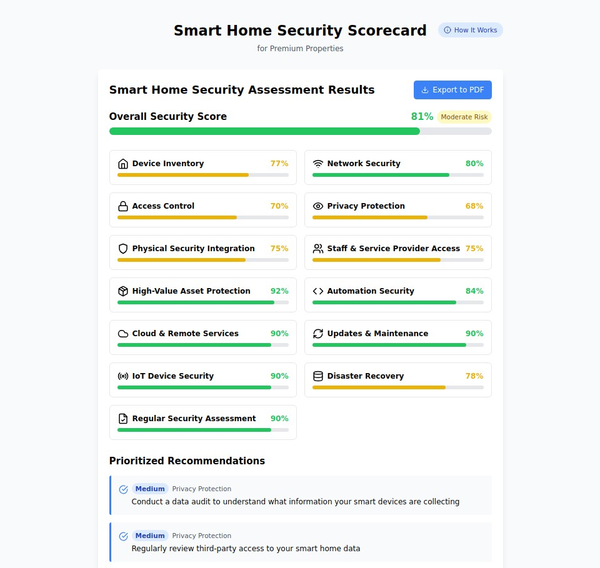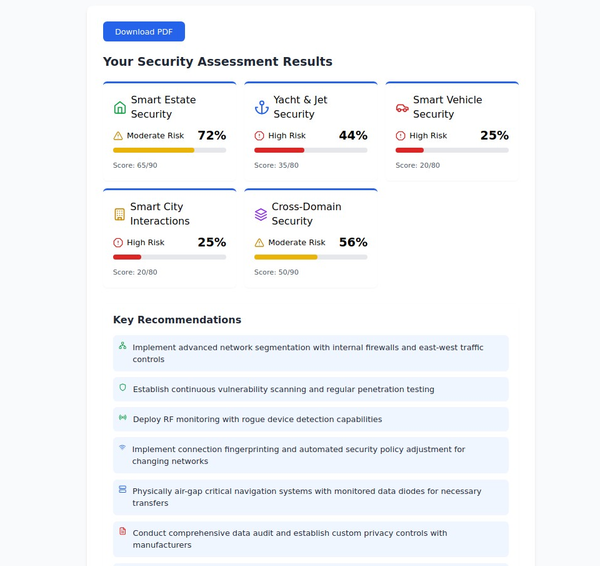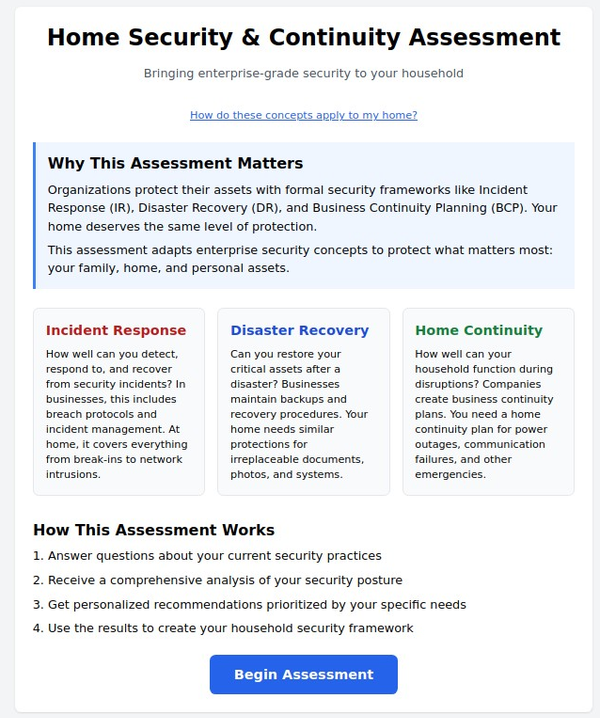The Rise of Voice-Controlled Security Systems: Enhancing Convenience and Control

Introduction: Voice-controlled security systems have emerged as a prominent trend in the realm of home security. With the rapid advancements in voice recognition technology and the widespread adoption of virtual assistants like Amazon Alexa and Google Assistant, homeowners can now control and manage their security systems through voice commands. In this article, we will explore the rise of voice-controlled security systems, highlighting the benefits, features, and considerations of this innovative home security approach.
- The Power of Voice Recognition Technology: Voice recognition technology has made significant strides in recent years, thanks to advancements in natural language processing and machine learning algorithms. This technology enables smart devices to understand and interpret spoken commands accurately, making voice-controlled security systems a viable and intuitive option for homeowners.
- Integration with Virtual Assistants: Voice-controlled security systems leverage the integration with popular virtual assistant platforms like Amazon Alexa and Google Assistant. This integration allows users to control various security features using voice commands, providing a hands-free and convenient user experience.
Voice-Activated Security Commands: Homeowners can use voice commands to perform various security-related tasks, such as:
a. Arming and Disarming: Voice-controlled systems enable users to arm or disarm their security systems by simply speaking the appropriate command, eliminating the need for manual input or keypad interaction.
b. Locking and Unlocking Doors: With voice-controlled security systems, homeowners can conveniently lock or unlock their doors using voice commands, providing an added layer of convenience and accessibility.
c. Checking System Status: By asking the virtual assistant, homeowners can quickly inquire about the status of their security systems, including information about sensor activity, connected devices, or any security alerts.
d. Accessing Live Video Feeds: Voice-controlled security systems can integrate with smart cameras, allowing users to simply request live video feeds from specific areas of their homes by vocalizing their commands.
Enhanced Convenience and Accessibility: Voice-controlled security systems offer numerous advantages in terms of convenience and accessibility:
a. Hands-Free Operation: The ability to control security systems through voice commands eliminates the need for physical interaction with keypads or smartphones, allowing users to easily manage their security systems while engaged in other activities.
b. Accessibility for All: Voice-controlled systems cater to individuals with mobility challenges or disabilities, providing an inclusive and accessible solution for home security.
c. Intuitive User Experience: Voice commands offer a natural and intuitive way to interact with security systems, allowing homeowners to quickly execute tasks without the need for complex menus or navigation.
Security Considerations: While voice-controlled security systems offer significant benefits, it is essential to address certain security considerations:
a. Authentication and Voice Recognition: Robust authentication mechanisms and reliable voice recognition algorithms are crucial to ensure that only authorized users can access and control the security system.
b. Privacy and Data Security: As voice commands are processed and transmitted, it is important to implement strict privacy and data security measures to safeguard sensitive user information.
c. False Activation: Voice-controlled systems should have mechanisms in place to prevent false activations triggered by similar-sounding commands or background noise. This ensures accurate interpretation and execution of user commands.
- Integration with Other Smart Home Devices: Voice-controlled security systems can integrate with other smart home devices, such as smart lights, thermostats, and door locks. This integration allows homeowners to create customized automation routines and further enhance the overall smart home experience.
Conclusion: The rise of voice-controlled security systems signifies a shift towards more convenient and intuitive home security solutions. With the power of voice recognition technology and integration with virtual assistants, homeowners can effortlessly control and manage their security systems using natural language commands. However, ensuring
